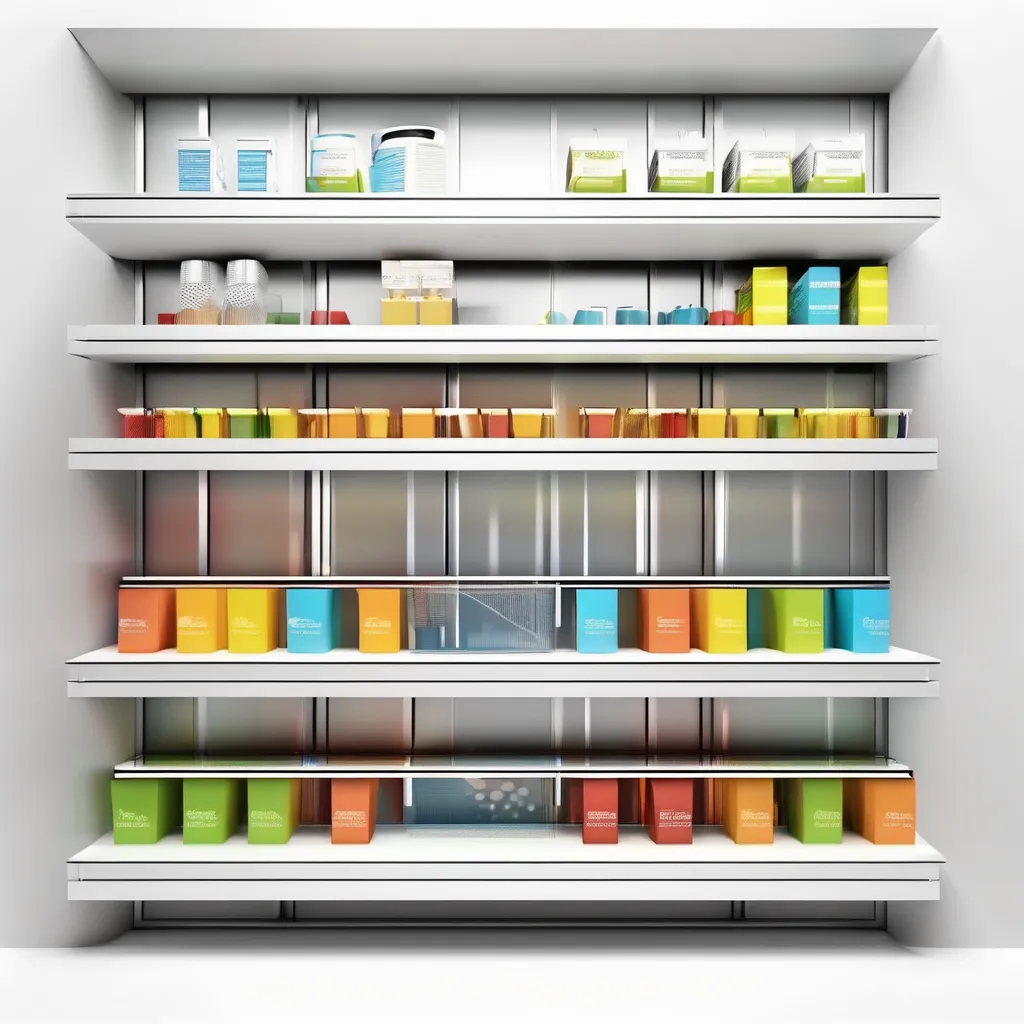The Basics of Planograms: What Every Retailer Needs to Know

Introduction to Planograms
A planogram is a visual tool used in retail to plan the placement of products on shelves and displays. Essentially, it’s a detailed diagram or model that indicates where each product should be placed, down to the specific shelf or peg. Planograms serve as a guide for store staff to ensure that products are consistently displayed across different locations, maximizing the visibility and accessibility of items to customers.
The History and Evolution of Planograms
The concept of planograms emerged in the 1950s, a time when retail was rapidly evolving. As supermarkets and large retail chains began to dominate the landscape, the need for a standardized way to manage product displays became apparent. Early planograms were simple sketches, often done by hand, reflecting basic product placement strategies. These early diagrams were rudimentary but laid the groundwork for more sophisticated tools.
As technology advanced, so did planograms. The 1980s and 1990s saw the introduction of computer-aided design (CAD) software, which allowed retailers to create more precise and detailed planograms. These digital tools enabled retailers to simulate store layouts and test different product placements before implementing them in physical stores. The evolution of planograms continued into the 21st century, with the integration of data analytics and artificial intelligence (AI). Modern planogram software can now analyze sales data, customer behavior, and other metrics to create optimized product layouts tailored to specific store locations.

The Significance of Planograms in Retail
Planograms are far more than just organizational tools; they are essential to retail success. Their importance can be broken down into several key areas:
- Consistency Across Locations: For retailers with multiple locations, consistency is crucial. A customer should have a similar shopping experience whether they visit a store in New York or Los Angeles. Planograms ensure that products are displayed in the same way across all locations, maintaining brand consistency and making it easier for customers to find what they need.
- Maximizing Shelf Space: Shelf space is a valuable asset in retail. Every inch of a shelf should be used effectively to display products in a way that attracts customers and encourages purchases. Planograms help retailers maximize this space by carefully planning the placement of each item, ensuring that high-margin products are given prime real estate and that slower-moving items don’t take up more space than necessary.
- Enhancing the Customer Experience: A well-designed planogram takes into account customer behavior and shopping patterns. By placing products in strategic locations—such as at eye level or near complementary items—retailers can guide customers through the store and increase the likelihood of impulse purchases. Planograms also ensure that related products are grouped together, making it easier for customers to find everything they need in one place.
- Supporting Inventory Management: Planograms play a critical role in inventory management. By knowing exactly where each product is located and how much space it occupies, retailers can better manage stock levels and reduce the risk of overstocking or understocking. This not only helps in maintaining a balanced inventory but also in reducing waste and increasing profitability.
- Improving Merchandising Efficiency: With a clear planogram, store staff can quickly and efficiently set up displays, rotate stock, and replenish shelves. This reduces the time and effort required for merchandising tasks and ensures that displays are set up correctly the first time. In addition, planograms help in training new employees by providing them with a clear guide to follow.
The Components of a Planogram
A planogram is typically composed of several key elements:
- Product Placement: The core of any planogram is the product placement. This includes specifying the exact location of each product, whether it’s on a shelf, peg, or endcap. Products are usually grouped by category, brand, or function to create a logical flow that makes sense to the customer.
- Facings: The number of facings refers to how many of a single product are displayed on the shelf. More facings typically mean higher visibility, but they also take up more space. Planograms carefully balance the number of facings for each product to maximize both visibility and space efficiency.
- Shelf Height and Depth: The height and depth of shelves are crucial considerations in a planogram. Products that are frequently purchased or have higher margins are often placed at eye level, while bulkier or less popular items may be placed on lower or higher shelves.
- Product Adjacencies: Planograms often consider product adjacencies—placing related products near each other to encourage additional purchases. For example, placing batteries next to electronics or chips near the soda aisle.
- Signage and Labels: Signage and labels are included in planograms to direct customers and highlight promotions or special offers. These visual cues are strategically placed to draw attention to specific products or areas within the store.

The Role of Technology in Modern Planograms
The integration of technology has revolutionized the way planograms are created and implemented. Modern planogram software utilizes data analytics, AI, and machine learning to optimize product placement based on a variety of factors such as sales data, customer demographics, and seasonal trends.
- Data-Driven Decisions: By analyzing historical sales data and real-time information, planogram software can suggest the best placement for products to maximize sales. This data-driven approach ensures that planograms are not just based on intuition but on solid evidence that aligns with business goals.
- Automation and Efficiency: Advanced software can automate the creation of planograms, reducing the time and effort required to design them. This allows retailers to quickly adapt to changes in product lines, store layouts, or market conditions.
- Customization and Flexibility: Modern planograms are highly customizable, allowing retailers to tailor them to specific store layouts or customer preferences. This flexibility ensures that planograms are not one-size-fits-all but are designed to meet the unique needs of each location.
- Integration with Other Retail Systems: Planogram software often integrates with other retail systems such as inventory management, point of sale (POS), and customer relationship management (CRM). This integration allows for seamless coordination between product placement, inventory levels, and sales strategies.

Why Choose Analyticsmart for Your Planogram Services
At Analyticsmart, we bring together the perfect blend of technology and expertise to deliver unparalleled planogram services. With over 15 years of industry experience, our team is certified in all leading planogram software, including JDA Space Planning Plus, Oracle, and SpaceMan. This proficiency ensures that we can tailor space planning strategies that are not only top-quality but also precisely aligned with your retail goals.
Our approach goes beyond just product placement—we focus on creating personalized in-store experiences that enhance customer engagement and drive increased sales. Whether you need micro or macro planning, optimized layouts, or seamless onboarding, our solutions are designed to maximize sales potential and ensure compliance across all your stores effortlessly.
Conclusion
Planograms are an indispensable tool for any retailer looking to optimize product placement, enhance the customer experience, and drive sales. From their early beginnings as simple sketches to the sophisticated, data-driven tools used today, planograms have evolved into a critical component of retail strategy. By understanding the basics of planograms and leveraging modern technology, retailers can ensure that their shelves are not just stocked but strategically designed to maximize profitability and customer satisfaction. With Analyticsmart’s expertise, you can take your planogram strategies to the next level, ensuring your retail spaces are optimized for success.
Have A Question?
Learn how Analyticsmart can elevate your retail performance with data-driven insights and customized solutions.
Contact Sales
Have a question or comment? Submit your message through our contact form and a member of our team will get back to you within 24 hours.
Marketing Head | Analyticsmart
Unlock Your Retail Potential With Us



